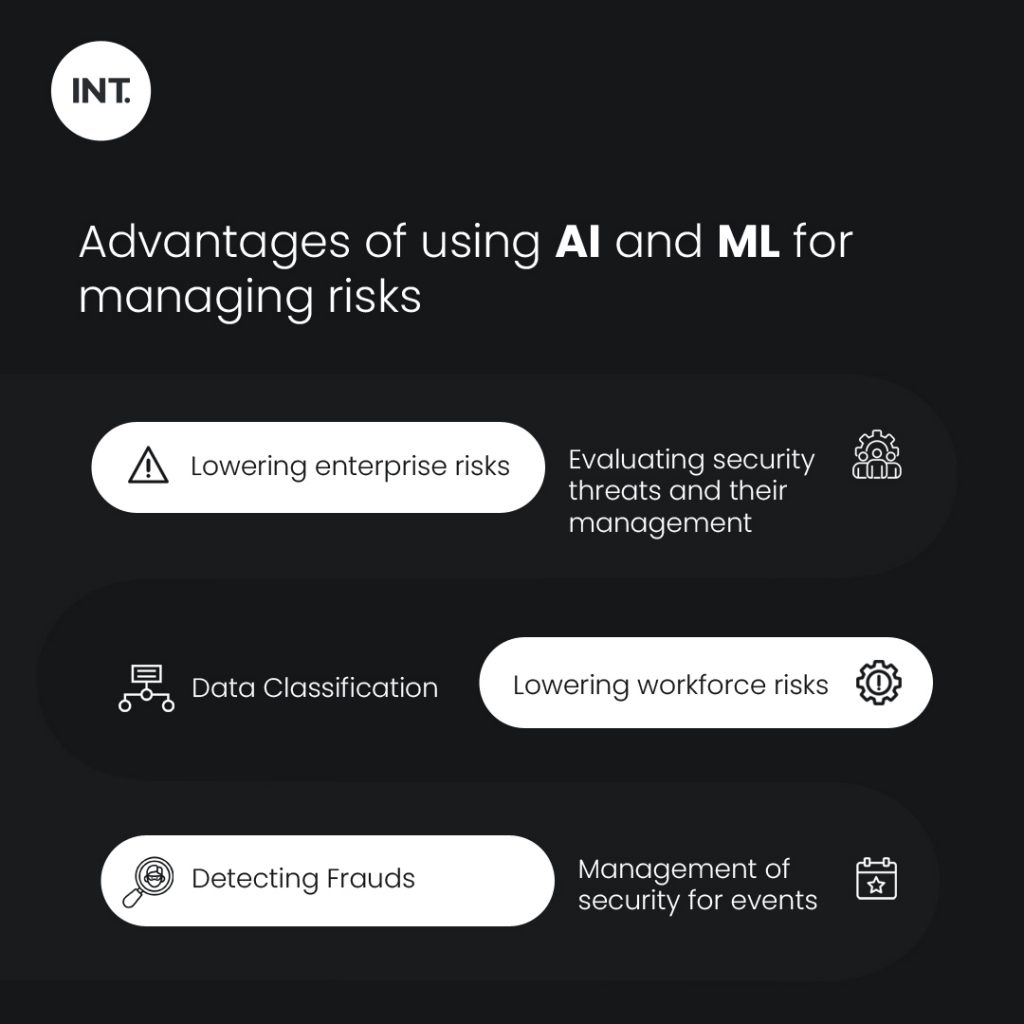
The AI risk management combination has been making waves in recent times. No, it doesn’t indicate any Man vs. Machine war in the future, or a takeover of the world by intelligent computing devices.
What it does indicate is that AI (artificial intelligence) has been steadily rising up the ranks in terms of its applicability to varied functions. From personal assistants and self-driving vehicles to shopping, there are several functions backed by AI-technologies.
In fact, AI-based models may help in training computers for the recognition and identification of risks and other complex scenarios.
AI driven risk management is always beneficial for enterprises, helping in the smooth tackling and evaluation of data which is primarily unstructured, i.e. which does not fit into structured columns or rows.
Cognitive AI tech including NLP (natural language processing) makes use of cutting-edge algorithms for unstructured data analysis. With estimates pegging 90% of business data in the unstructured category, cognitive AI may help in positioning enterprises better as compared to their rivals.
Fintech players, banks, insurance entities, and other companies execute solutions for risk management with AI for enabling better decision-making, lowering credit risks, and offering customized financial solutions for customers.
From AI in credit risk management to overall enterprise risk management functions, there is a lot that can be accomplished in this regard. Here are some of the biggest advantages of using AI and ML for managing risks.

Machine Learning (ML) algorithms may help in the evaluation and analysis of data in sizable amounts from various sources. Real-time models of prediction created from this information enable security teams and risk managers to tackle threats swiftly.
These models also double up as systems of early warnings and alerts, enabling seamless operations of enterprise, while boosting data protection and privacy alike.
AI plays a vital role in enterprise risk management. It helps companies analyze unstructured information, identifying risky patterns, activities, and behavioral aspects throughout operations. ML-based algorithms may help identify earlier behavioral patterns of a risky nature, while transposing the same as models of prediction.
AI-based models can help in lowering workloads for companies with regard to detecting frauds. These algorithms can help with text mining, social media evaluation, and searches across databases, while lowering IT-security threats considerably.
AI may help in the superior processing and classification of data as per pre-fixed classification models and patterns. It may also help in tracking access to the data sets accordingly.
Using log data and specific events, teams can swiftly identify any risk triggers, patterns, and indicators. This helps enable better alerts and detection alike.
Workers in high-risk zones will benefit from the deployment of AI technologies. They can help in analyzing data linked to all activities in such environments, where accidents may become fatal or catastrophic. Through the analysis of behavioral trends before accidents, there could be predictive scenarios modeled for enhancing safety systems and reducing the risks of such incidents.
Of course, there are still hurdles related to large-scale processing of data, especially in terms of its cost and also privacy-linked concerns. However, these may be ironed out in the near future, relying on ML and AI to become mainstream in the near future.
This could be a shot in the arm for security and risk management teams across enterprises, lowering their workloads and scaling up process-based efficiencies considerably.
About the author: Dipak Singh is a thought leader and data cruncher, currently, he heads the Analytics Wings at INT. To know more do check out his LinkedIn profile here.